End-of-year Exhibition | A Feast of Chinese and Western Traditional Arts
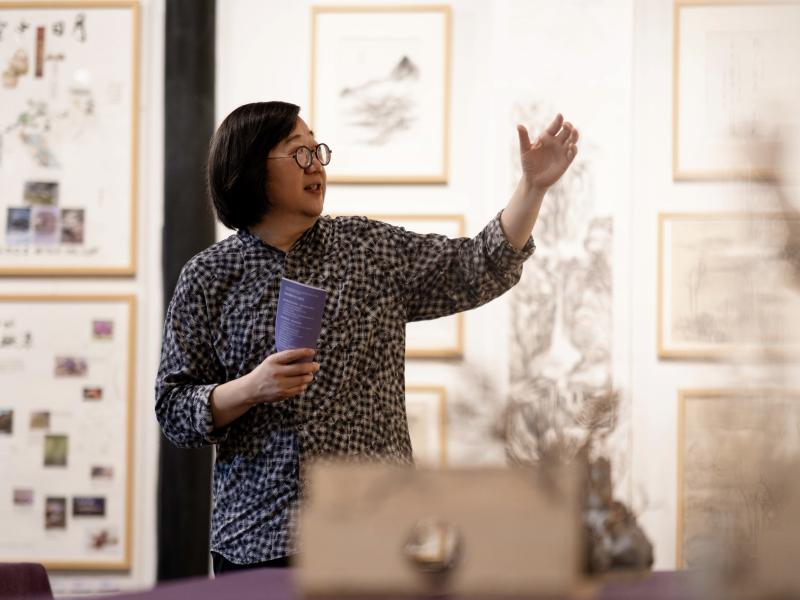
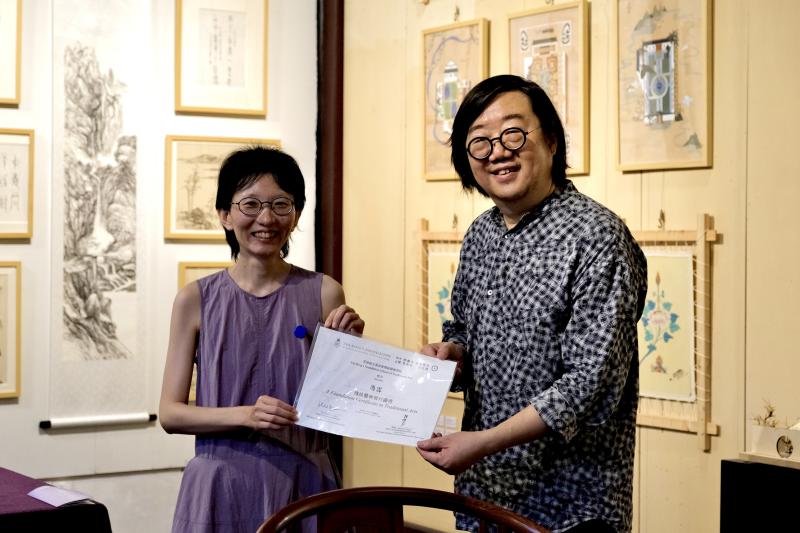
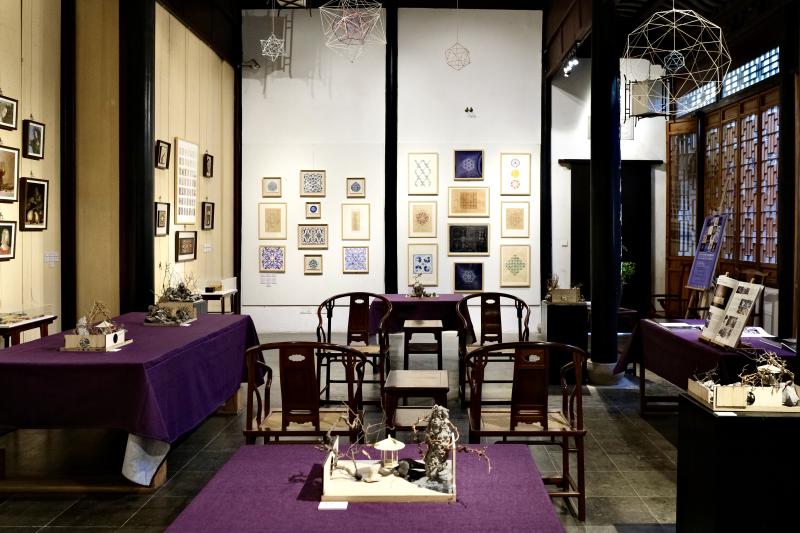
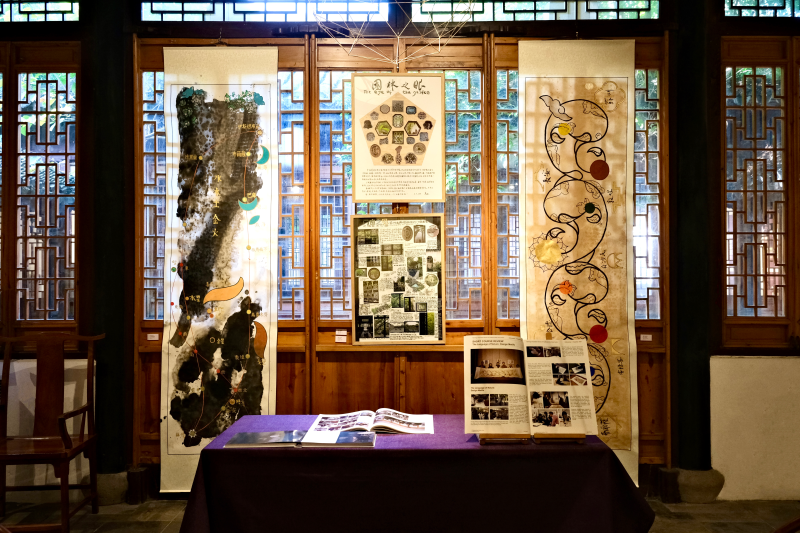
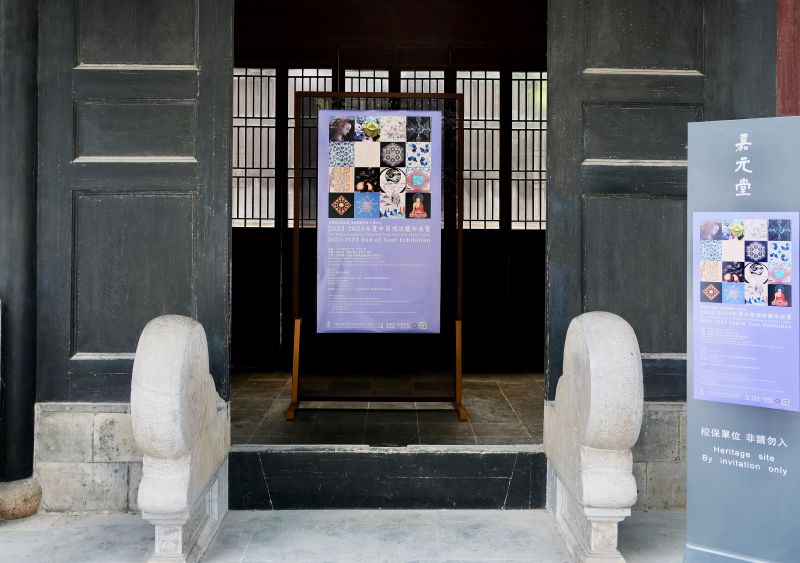
Before the summer heat drops, the warmth of art is already everywhere.
The “Chinese and Western Traditional Art Exhibition” for the academic year 2023-2024 was unveiled in Suzhou Jiayuan Hall.
Jiayuan Hall is part of the former residence of Peng Dingqiu and grandson Peng Qifeng, both scholar officials who won zhuang yuan award (national top scholar) at the triennial imperial examination. During the three centuries when Qing dynasty reigned, only 114 zhuang yuan were awarded. Two in the same family being extremely rare, this site is regarded as a cultural legacy of Suzhou.
Since the launch of the KFSTA programme in China in 2018, the End-of-year Show—— “Chinese and Western Traditional Art Exhibition” has been the tradition for an annual presentation of outstanding works by post-graduate and short-term course students.
This exhibition focuses on the wonderful works of the students of the China Center throughout the academic year, from the Western classic courses to the original Chinese courses, including Geometry and the applications, The Alchemy of Colour, Design Motifs, Islamic Courtyard Design, and Fengshui and landscape, Chinese Classical Gardens, Calligraphy, Buddha modeling and Mineral Pigment Painting in Buddhist Art... All of them demonstrate the unique teaching philosophy and achievements of the China Center.
Mr. Ye Fang, Director of the King's Foundation School of Traditional Arts China Centre, delivered an opening speech on behalf of School Council. The gathering is attended with the same enthusiasm and commitment to artistic quality.
In response to the interest from the audience, Mr. Ye Fang reviewed the history of the KFSTA China Centre and introduced the vision and purpose to the audience. He said, “We share the natural principles of Western art, reflecting the order of the universe via geometry. We also share the natural principles of Chinese art, which demonstrates the harmony of the universe and the earth through shanshui . From Fa to Dao, from methodology to worldview, we are committed to establish academic exchanges and discussions between Chinese and Western traditional art to pursue a common development and prosperity.”
On behalf of the School Council, Mr. Ye presented the graduation certificate of KFSTA foundation course to our one-year student, Feng Xue.
If art makes life better, then traditional art makes life more vibrant. From the curriculum, we can see that the courses are always based on the principles of traditional art and contemporary contextualization as the basis for teaching and research, not matter it’s delivered by the British professors or Chinese instructors. As Charles III, the founder of KFSTA, once said: “through my school for the traditional arts, I have tried to do what I can to continue the living traditions of the world’s sacred and traditional art forms.”
Shown in the works of the students, whether by copying a model or creating, all of them are inheriting and promoting the Chinese and Western classics. This collision of Chinese and Western art, the conversation between the traditional and the contemporary, produces an inspiring enlightenment and resonance. As Li Jingjing, a student of China Center who is going to study for a master's degree in KFSTA London, said, “We had the opportunity to communicate with Chinese and Western masters in various fields in the course. Through creating, we found the connection between the past and the present, and the conversation across civilizations as well. At the same time, we have also developed an artistic expression that is unique to our time while inheriting the classics. One of the charm of traditional art is the synergy between mind, hand and brain, during which regional restrictions and cultural oppositions gradually dissolve, resulting in the integration of mind and body, and the harmonization of all things in nature.”
As Lu Zhe, a student from China Center, also said: “during the course, I have learned a lot. Traveling in shanshui, I experienced the life of the literati. And I feel more clear about the abundance of my spiritual world, knowing where I come from and where I am going. It constructed and enriched my mind on life and design.”
As the conversation progressed, Mr. Ye Fang invited several annual students for a solo exhibition at the China Centre, which immediately resonated with people who were eager to show their skills in the near future. From theory to practice, from appreciation to reminiscence, the “Chinese and Western Traditional Art Exhibition” by KFSTA China Center has given new vitality to traditional art and planted the seeds of art into everyone's heart, with the student works as the backbone.
